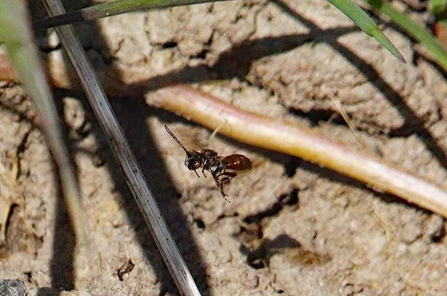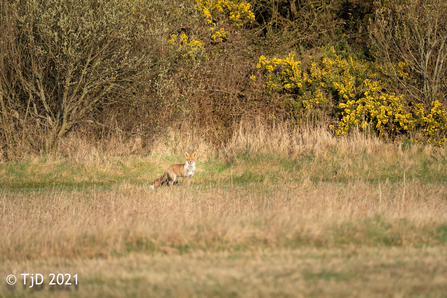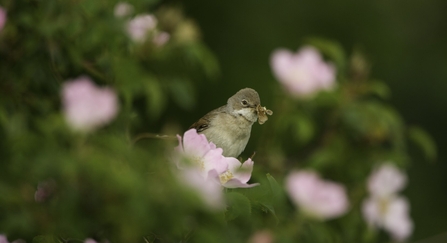It’s been wonderful to see spring in full swing and hear all about the wildlife you’ve spotted. Here are some of the top wildlife sightings in Lancashire, Manchester and North Merseyside in April.
Brockholes
Warblers well and truly arrived at Brockholes last month. From Boilton Wood to the Guild Wheel to the trees bordering Number One Pit, they were singing from every corner of the reserve. We recorded nine gorgeous warbler species:
- Willow warbler
- Chiffchaff
- Whitethroat
- Garden warbler
- Blackcap
- Grasshopper warbler
- Sedge warbler
- Cetti’s warbler
- Reed warbler
It’s also whimbrel time at Brockholes. These migratory wading birds look a lot like curlews (but have shorter bills and a dark eye-stripe) and stop off at the reserve on their journey from Africa to Iceland. Our highest count last month was 100 whimbrel feeding in the fields close to Brockholes, with many of them regularly visiting Number One Pit and the shingle beds along the river.
Other exciting sightings included small flocks of linnets, a male whinchat on Boilton Marsh, ospreys flying overhead, a pair of common scoters and our first swift of the year, seen scything over the car park on 28 April. Regular birder Bill Aspin also managed to capture this amazing footage of a heron predating sand martins at their nest holes!




